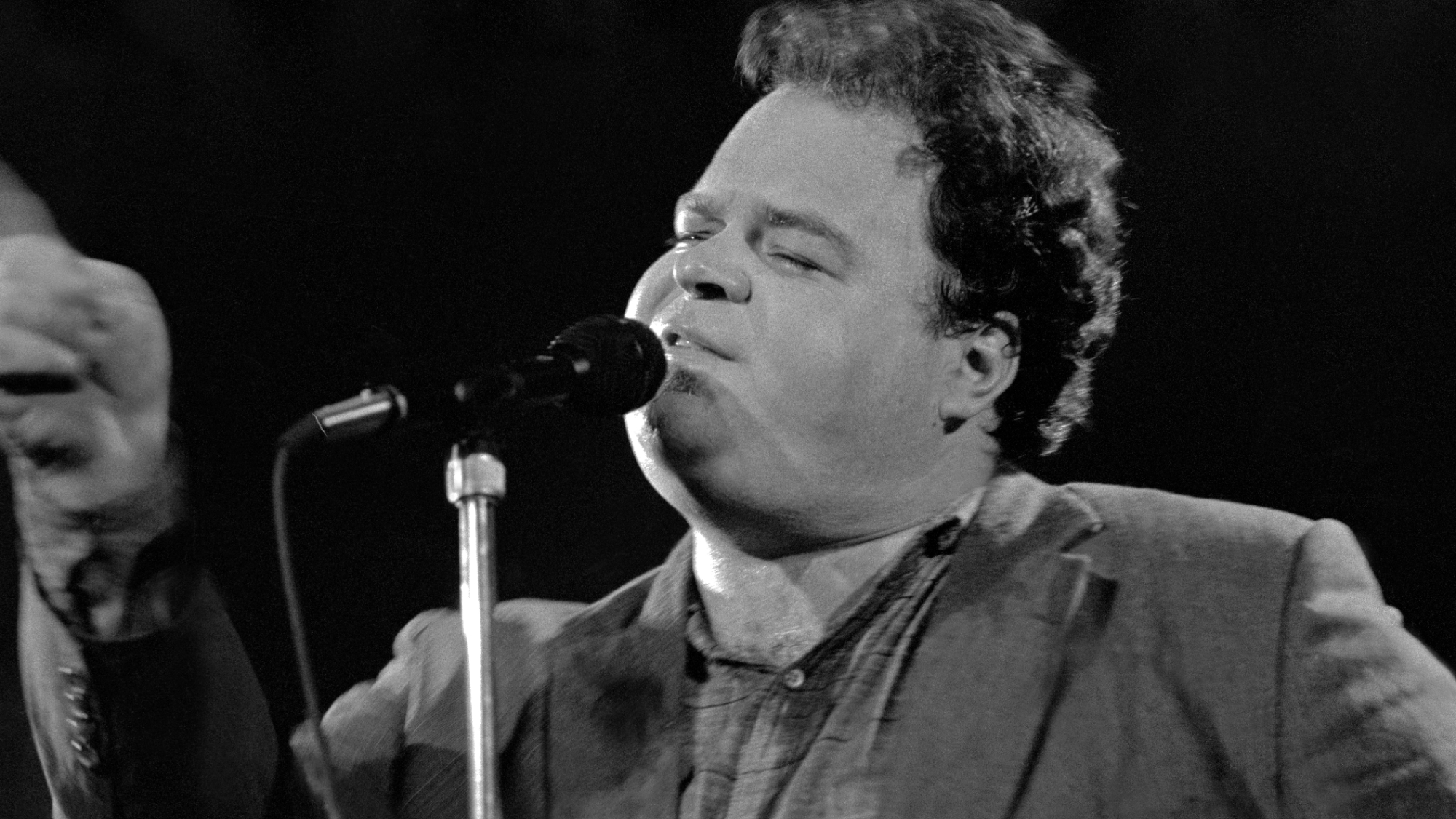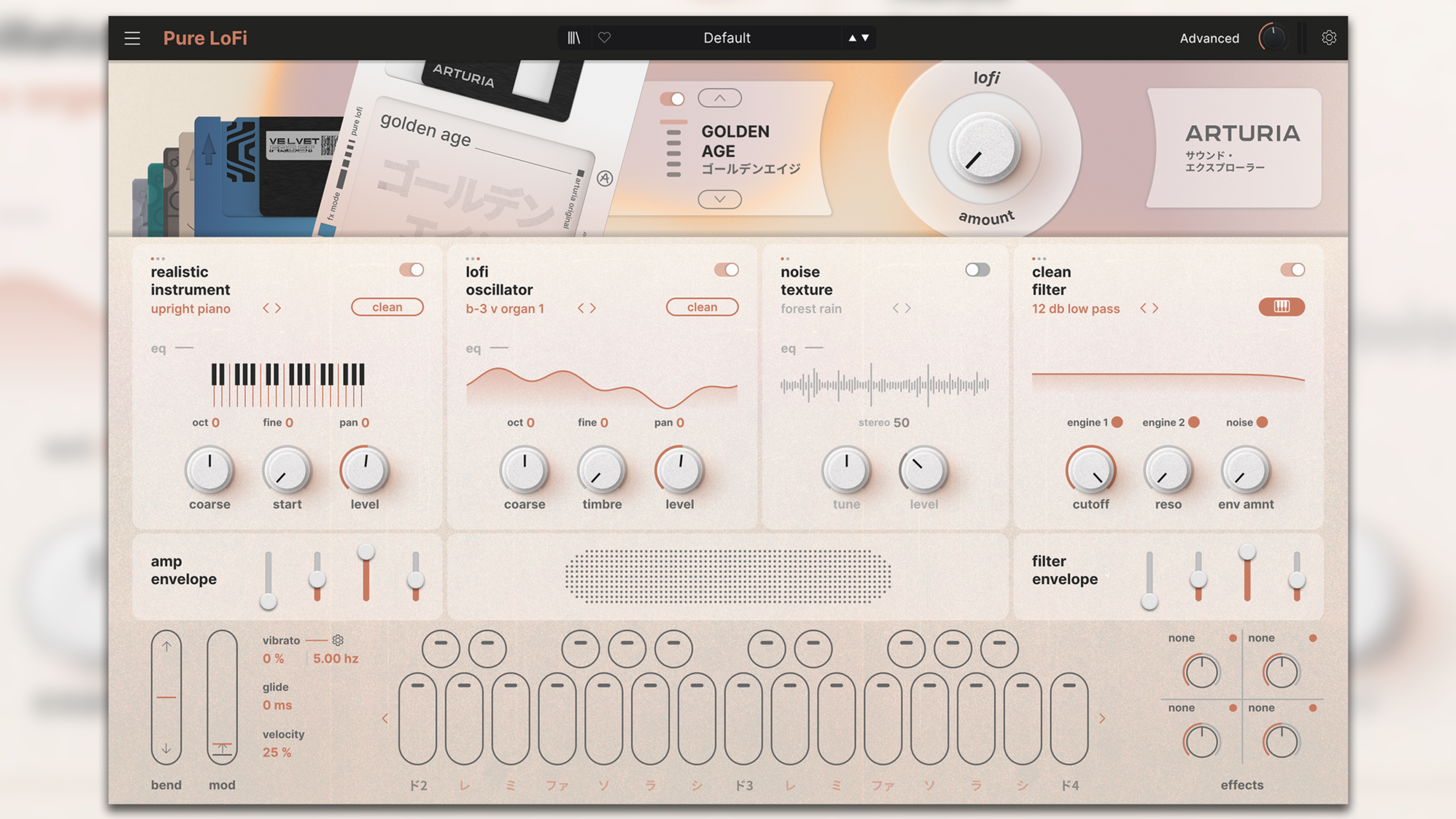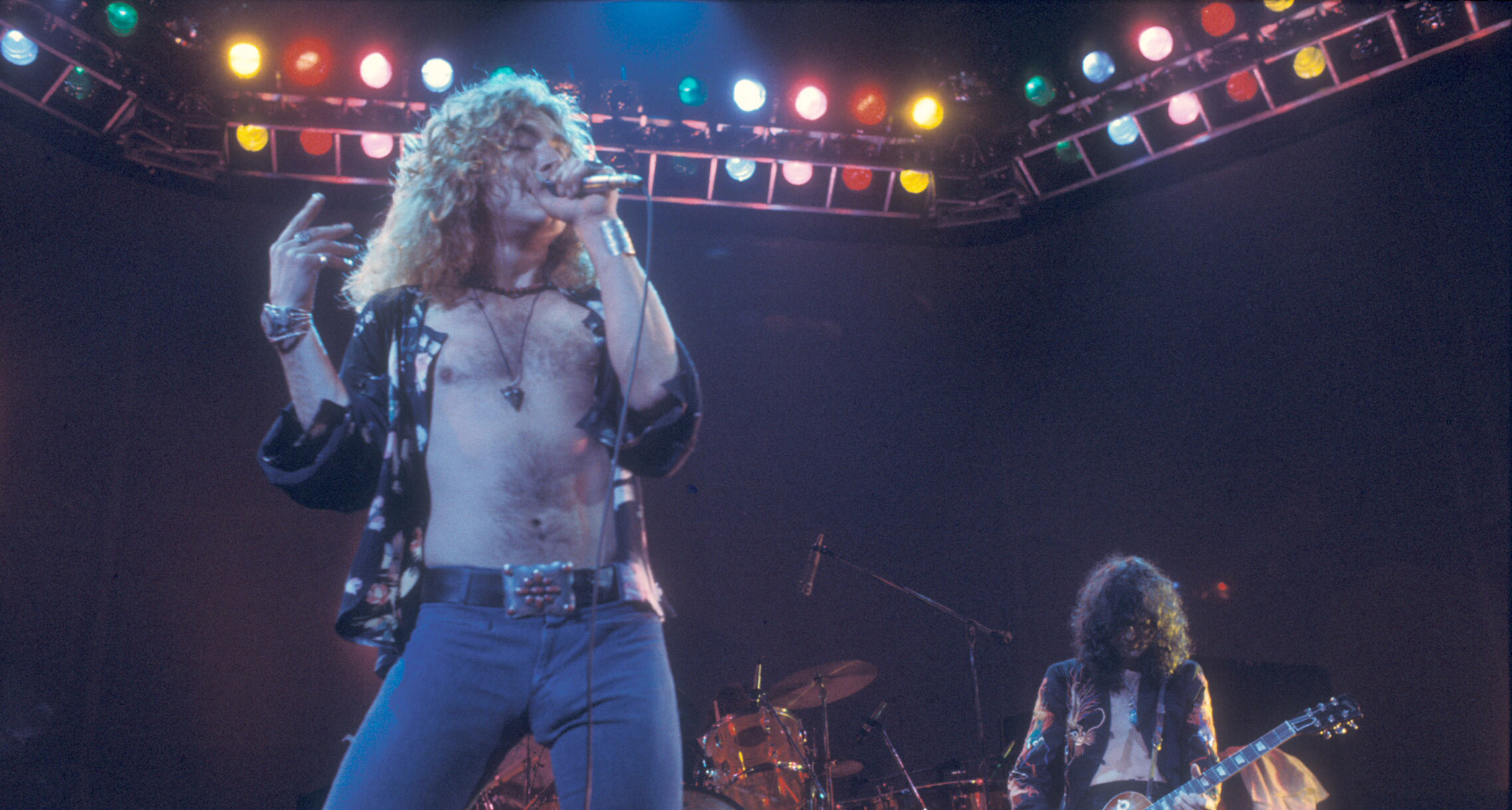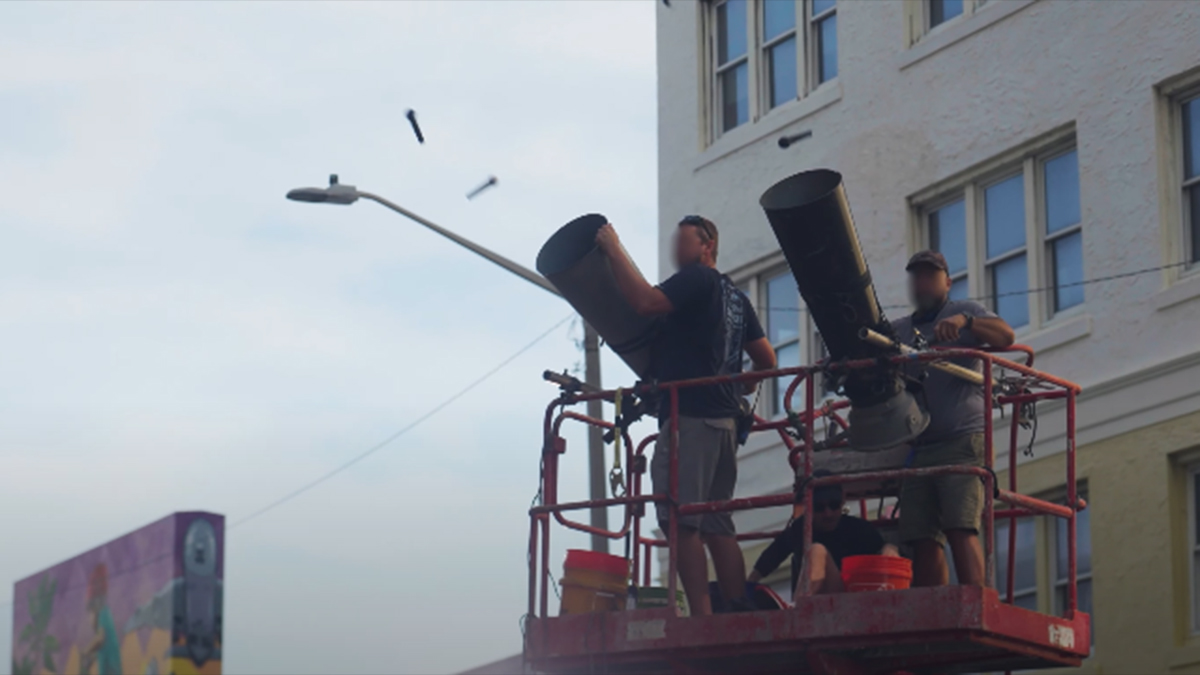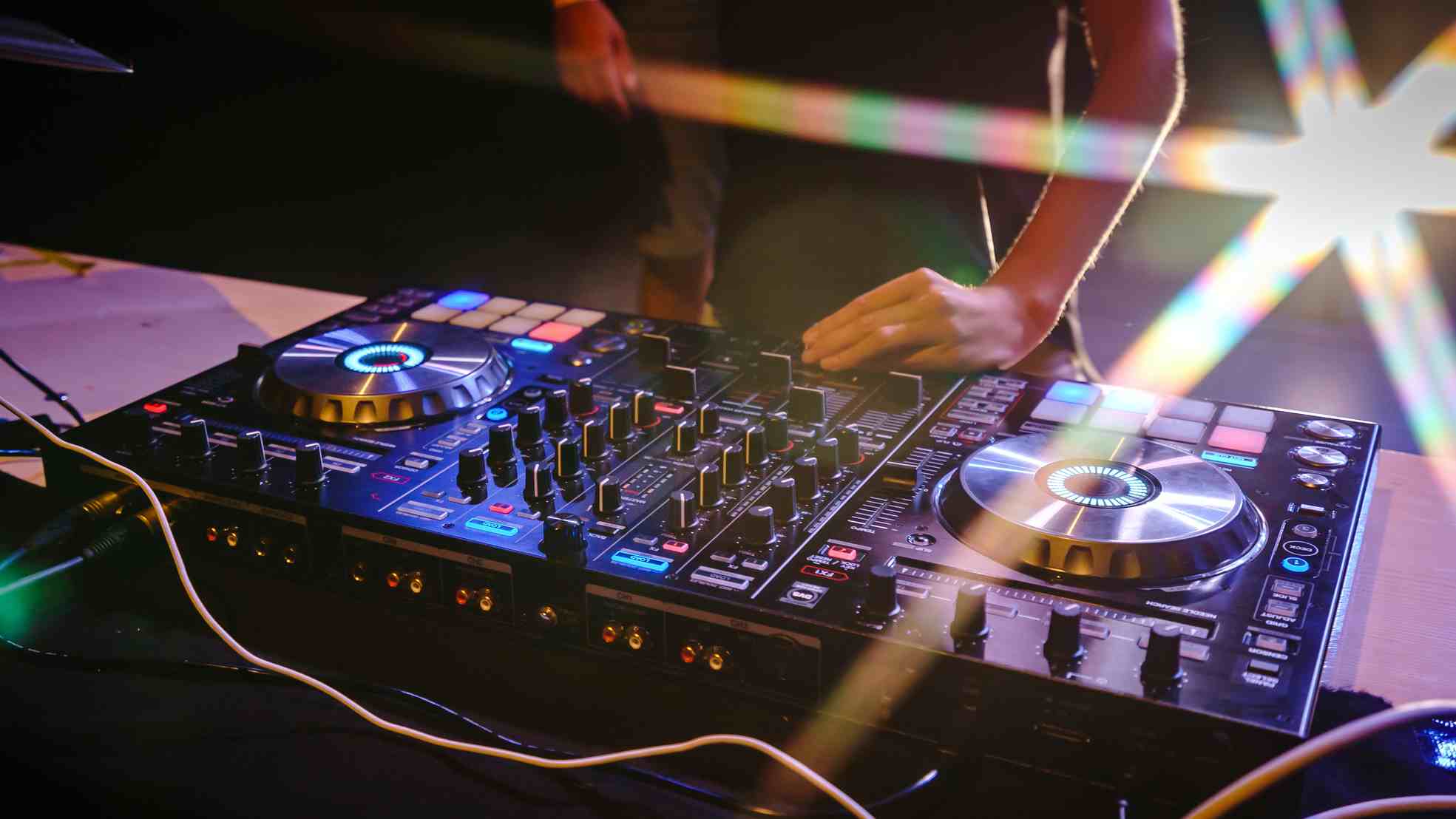“I know what I’m holding at this stage in my life, that I could tank that market”: Joe Bonamassa says it is not scarcity but the perception of scarcity that drives up prices for vintage gear
The blues superstar says he could see someone spending more than a million on a '59 Les Paul, but argues a guitar is only worth what you are willing to pay for it
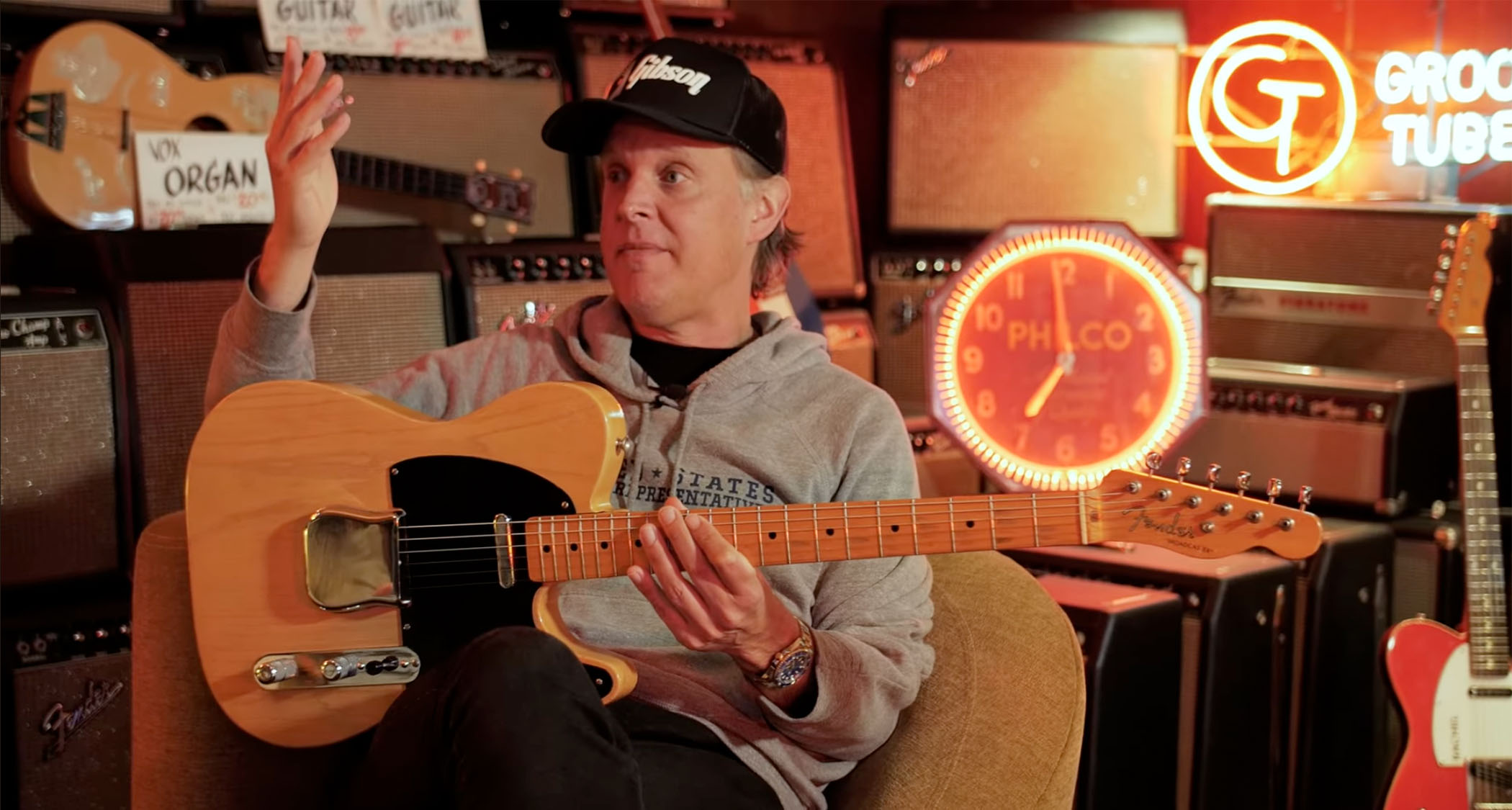
We all know that the market for vintage guitar gear has been running hot for some time now. It is nigh-on impossible for new entrants to the market to find an affordable electric guitar from Fender or Gibson’s golden era, but Joe Bonamassa says it could get tougher, and it would only takes a couple of people to drive up the prices on any given model to the region of “crazy” money.
When it comes to the vintage holy grail of holy grails, a 1959 Gibson Les Paul Standard, Bonamassa says it is quite possible that someone with “unlimited money and unlimited ego” could spend more than a million dollars an a Burst.
Conversely, if he were to have a brainwave, and suddenly decide to purge his collection of Fender Tweed guitar amps – of which he owns some 130 – it could “tank” the market
Bonamassa was speaking to online gear retail giant Reverb, whom he recently welcomed into his Nerdville home, in Laurel Canyon, Los Angeles, for a video interview and a tour of his extensive gear collection.
It is essential viewing for many reasons, not least of which is that Bonamassa’s compulsion to collect in the first place is driven by a desire to preserve these instruments – and to tell their story – and the blues guitar superstar is an excellent storyteller. As he sees it, he collects stories; that’s his gear collecting philosophy, and he shared some of the tales about his career and the instruments he has collected on the way.
“I find stuff from the original owners,” he says. “That’s really what I’ve been doing, waiting around, and these families. Picks up Gold Top] This came to me recently, from Massachusetts. The father inherited it, and it was the father and the two grandsons, Grandpa Bob’s Les Paul. That’s the kind of stuff I’m into, buying uncirculated things.”
These kinds of guitars don’t come up for sale everyday, and that is part of the attraction. Bonamassa can at least promise sellers that they’ll be going to a good home. They might even see it onstage at the Royal Albert Hall on in Red Rocks Colorado, something that would have surely tickled the original owners.
Get the MusicRadar Newsletter
Want all the hottest music and gear news, reviews, deals, features and more, direct to your inbox? Sign up here.
“People want to know that their family heirloom is going into a house where it will be appreciated, loved and played,” he says. “I tick those boxes. I appreciate it, I love it, and I play it. And they want to know that it is not just going to go [to] some dealer’s booth, sold 15 times. It has always been about the stories for me. I’ve always bought the story.”

Case in point: the Bosco ‘Burst, a ‘1959 Les Paul Standard which Bonamassa picked up in Melbourne, FL. It hadn’t been played in 40 years. He draws our attention to the pickguard. It had been retro-fitted with a pickholder some 60 years ago. “I’m not going to be the one to take it off,” says Bonamassa. Al Bosco, its original owner, left quite the impression, putting the squeeze on Bonamassa for a few more bucks, then relenting and spending the afternoon telling him stories.
It’s like the guitar was just the excuse for a conversation. Bosco, however, was disappointed. He thought it was a million dollar guitar. Not yet it isn’t, said Bonamassa. That day could be coming.
“Probably,” says Bonamassa. “Because when you have unlimited money and unlimited ego, that makes for a dangerous combination. The problem starts if somebody pops on something big like that – are all of these worth a million dollars!? Is that the new baseline? No. It’s only worth what someone’s willing to pay for it, and it only takes a couple of drivers to drive up the market to the point where, ‘Oh, stuff is crazy now.’”
That is where the vintage market is now, and Bonamassa recognises that he, too, could distort it – especially if he decided to unload his amp collection. He has 130 of them. Should he set up a store on Reverb, he wouldn’t be able to shift them all the and the price of them would bomb
“I know, if I decided one day, I got mad, pissed off, and thought, ‘Fuck it! All these got to go.’ Call you up at Reverb, ‘Jim, I want my own store, concierge service, with Prosecco not Champagne, cheap shit at the front, we’ll do a big unveiling and I’m going to sell 130 Tweed amps,” he says. “That’s all my position in New York, Nashville, here, it’s about 130… Okay, we’ll sell 25 per cent in a day, and then they’ll sit. I know, what I’m holding at this stage in my life, at any point I could tank that market, or I could [significantly] affect it.”
It is a similar story with the Les Pauls, and it tells us a lot about the dynamics shaping the market for vintage instruments. Bonamassa could put 15 on them on the market, all at the same time. “We’ll sell five of them and then, the next thing you know, it becomes a non-event,” he says. “It’s the perception of scarcity that drives the market, not the actual scarcity.”
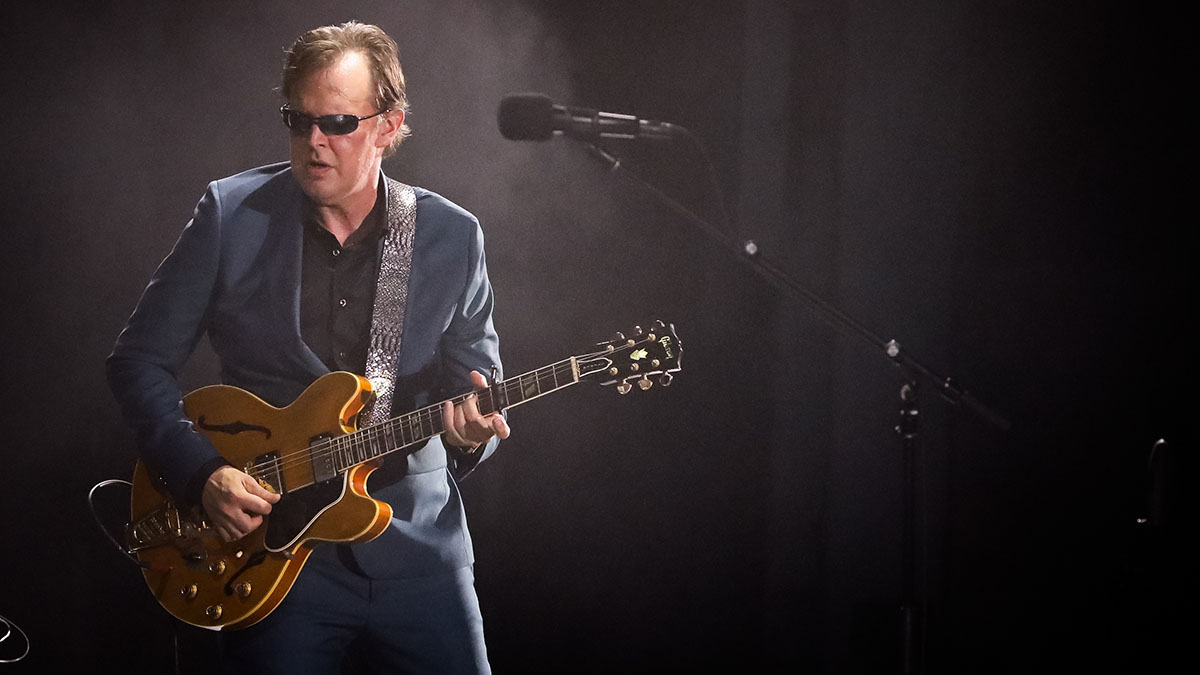
Bonamassa has not had much difficulty in finding vintage Fender Tweed amps in good condition. Not until recently. What does this tell us about the market? Well, perhaps there are fewer for sale right now. What it definitely tells Bonamassa is that he has to reinsure his stockpile of vintage Deluxes and Vibroluxes.
“I have them insured for five grand, which at the time was all the money,” he says, “especially a mint one. Now they’re 12-and-a-half.”
One thing Bonamassa won’t be selling any time soon, maybe ever, is his house. Even if he wanted to, Nerdville would be a hard sell for anyone but a guitar nut.
“It’s a lesson in what not to do with homes,” Bonamassa says. “I mean this place is unsellable. Imagine if you were a real estate person representing this house… Imagine walking in here with your wife, going, ‘Honey, there’s this cool house on the hill in Laurel Canyon. We should go looking at it.’ And the first thing you see, cemented into the ground, is ‘Driveway to Nerdville.’ It’a non-starter! No one is buying this house.”
Check out the full video above. Joe Bonamassa is of course on the road, presently in Brasil, because if he is not on the road he is in the studio, and if he can’t be found there he’ll be somewhere buying a guitar. Where does he find the time?
You can find his upcoming dates at Joe Bonamassa, His new album with all-star rock supergroup Black Country Communion is titled V and it is out now. His new live album, Live At The Hollywood Bowl With Orchestra, is out today via J&R Adventures.
Jonathan Horsley has been writing about guitars and guitar culture since 2005, playing them since 1990, and regularly contributes to MusicRadar, Total Guitar and Guitar World. He uses Jazz III nylon picks, 10s during the week, 9s at the weekend, and shamefully still struggles with rhythm figure one of Van Halen’s Panama.
“The most musical, unique and dynamic distortion effects I’ve ever used”: Linkin Park reveal the secret weapon behind their From Zero guitar tone – and it was designed by former Poison guitarist Blues Saraceno’s dad
Carlos Santana collapses and then cancels second show “out of an abundance of caution”




